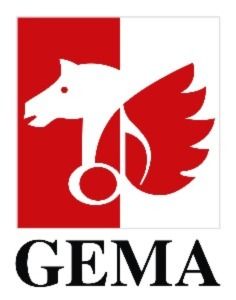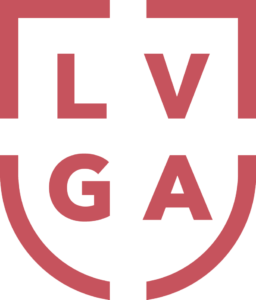GEMA
Improved Employee Experience thanks to Process Orchestration with Camunda

Key Benefits
- Standards-based Collaboration
- Open Architecture
- Orchestration of different systems and user tasks involved in the process
- Increased agility
- Increased motivation and satisfaction of employees
Camunda Products
- Camunda
- Tasklist
- Optimize
Thanks to Camunda, GEMA was able to orchestrate the complex core process of music documentation, which incorporates a variety of systems and manual tasks. It has been possible to achieve 50% automation within the area of commercial documentation. Repetitive tasks have been significantly reduced, which means that employees can devote more time to the remaining manual documentation.
About GEMA
Composers, lyricists and music publishers have joined together in GEMA as authors of musical works. GEMA administers the rights of music creators in Germany and the rights of more than two million owners of rights from all over the world. It ensures that originators and music publishers receive an appropriate share of the income from the use of their musical works.
For this case study, we spoke with GEMA employees Jens Kindermann (Head of Products), Kathrin Poske (Project Manager) and David Hammer (Business Analyst). They are responsible for the music documentation of films and series, and for the documentation and management of sound files. Since the introduction of Camunda, GEMA has been supported by cimt AG, a long-standing Camunda partner.
Documentation of Pieces of Music
The use of a piece of music in a film, series or commercial must be documented. As a result, GEMA manages a total of around 1.5 million audiovisual productions and over 20 million musical works, which are documented in a database. The income generated by GEMA by granting usage rights to these works is distributed to the right holders on the basis of the GEMA distribution plan. For example, the frequency with which a film is broadcast or the duration over which the piece of music is used are significant here. Once documented, use can always be attributed; for example, when a film is first released in cinemas, then when it is made available on DVD, and subsequently broadcast on free TV, the usage rights can be attributed across each subsequent distribution channel.
Until now, incoming registrations for films and series have been made via PDF files and the downstream work control based on Excel files, which has led Jens Kindermann’s team to look for alternatives.
What Is the Story behind the Introduction of Camunda?
When it was decided to add an online portal to the previous registration process, the entire subsequent business process was also revised. The decision to switch to Camunda was made after a market analysis in 2019. Decisive factors were the Camunda Tasklist to be able to integrate manual tasks in the process and the open architecture in order to integrate different systems.
Step-by-Step towards Full Automation
Members and licensees now have the opportunity to register films and series with GEMA by means of the online portal. Incoming information on audiovisual productions is now checked for validity and compared with the database using a matching tool so as to be able to assign a new use to existing documentation for the audiovisual production. The reported data is archived automatically in PDF format to ensure that the data is preserved and is available as a basis for possible additional manual documentation.
After this first successfully implemented project, GEMA started to incorporate automation into additional elements of the end-to-end process:
- Examination and matching for reported pieces of music in an audiovisual production are now automated
- Documentation for commercials is now largely automated; around 50% of commercials can be assigned and documented automatically using the new process.
- Professional assessments of an audiovisual production previously made by employees can now be automated using DMN tables.
Automation and Orchestration in order to Stay Competitive
“Purely in order to maintain our standard, we have to digitize our work. The automation and orchestration of different systems and manual tasks play a major role here,” says Jens Kindermann.
GEMA particularly emphasizes the following advantages of Camunda:
- Its open architecture means that different systems can be integrated easily into the process.
- BPMN as a common language for IT and business users facilitates collaboration and increases agility.
- The legacy system for documenting audiovisual productions (based on Natural) is gradually being replaced. Although this is currently still integrated in the process, it is only used as a database. The business logic is set up externally using BPMN and Camunda.
- The employee experience has improved; employees are motivated to work with Camunda Tasklist. The new process requires less effort in the remaining manual documentation and the repetitive tasks decrease significantly.
What’s next for Camunda?
Camunda plays a central role in further developing work processes and data processing in the Products department and is to be used, for example, in planned process control. Other areas within GEMA also anticipate increasing the use of Camunda to orchestrate and automate their (partly manual) business processes end-to-end.
Similar Case Studies

